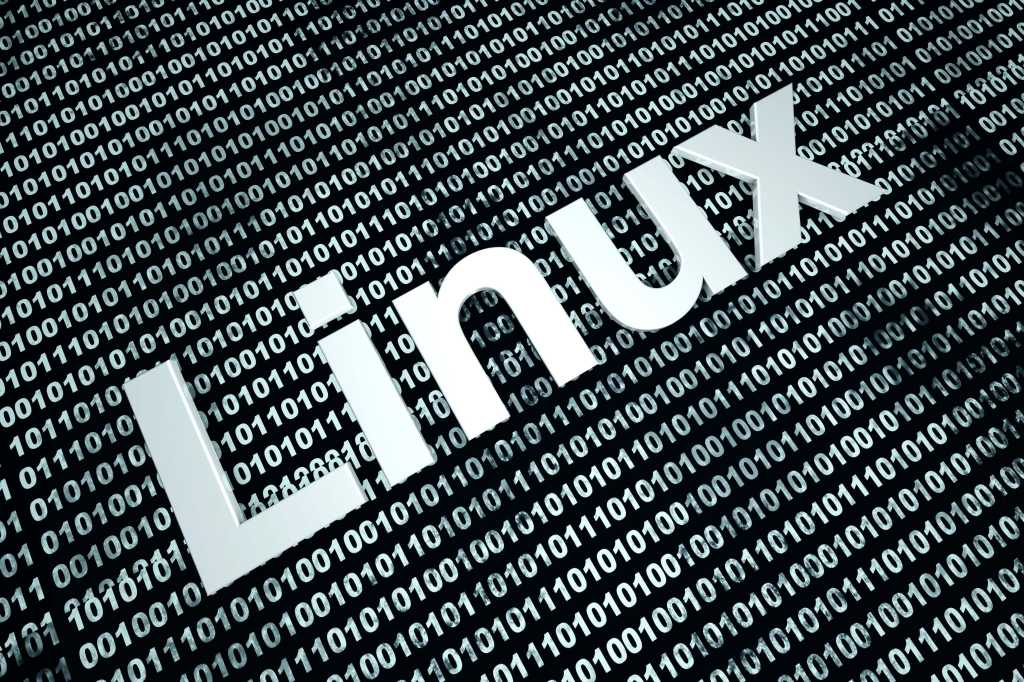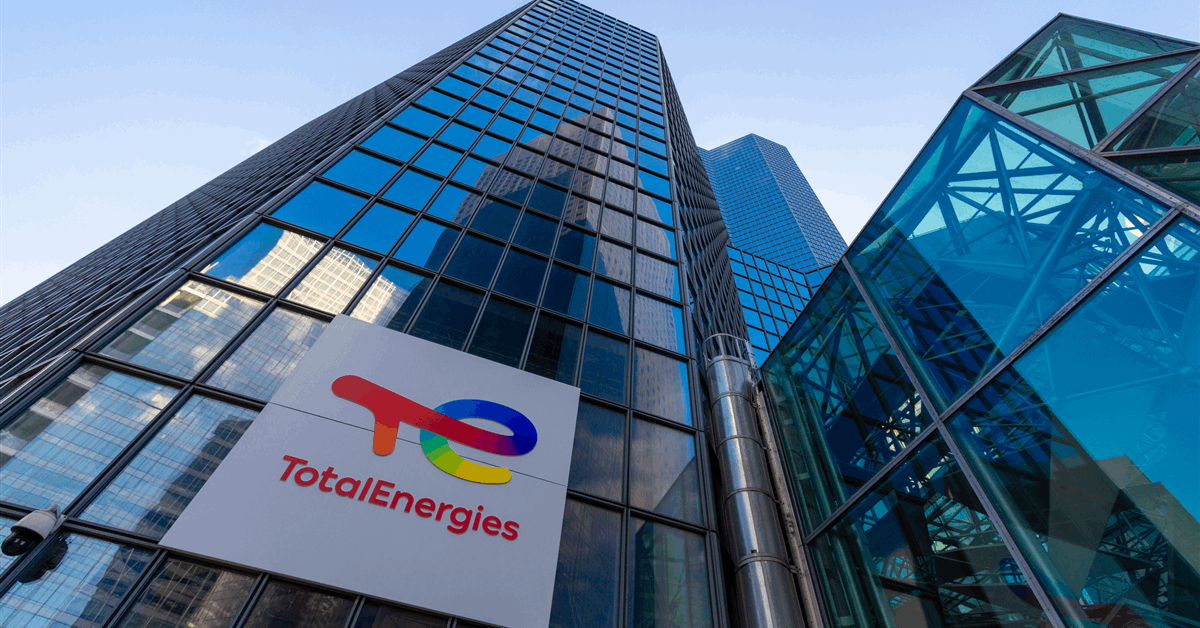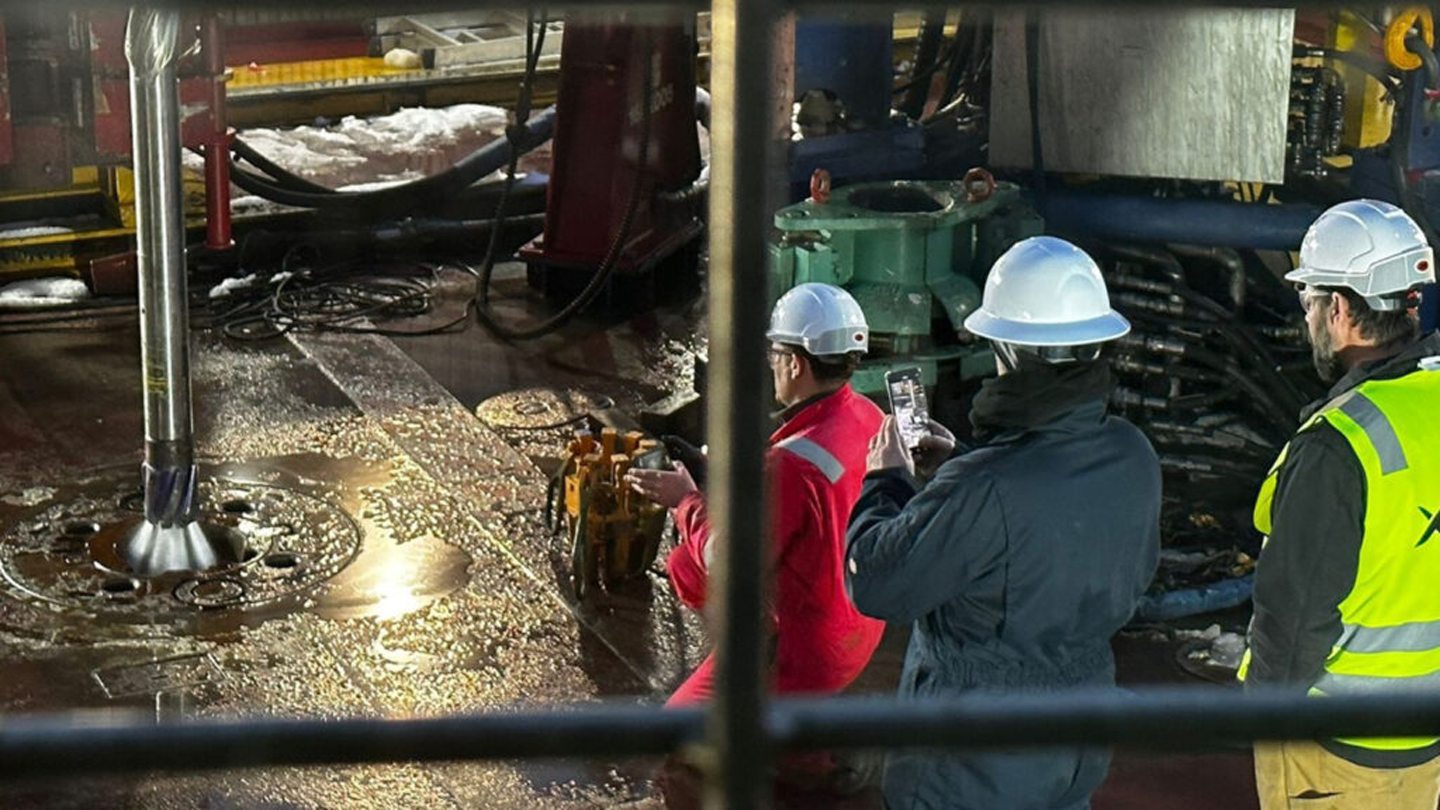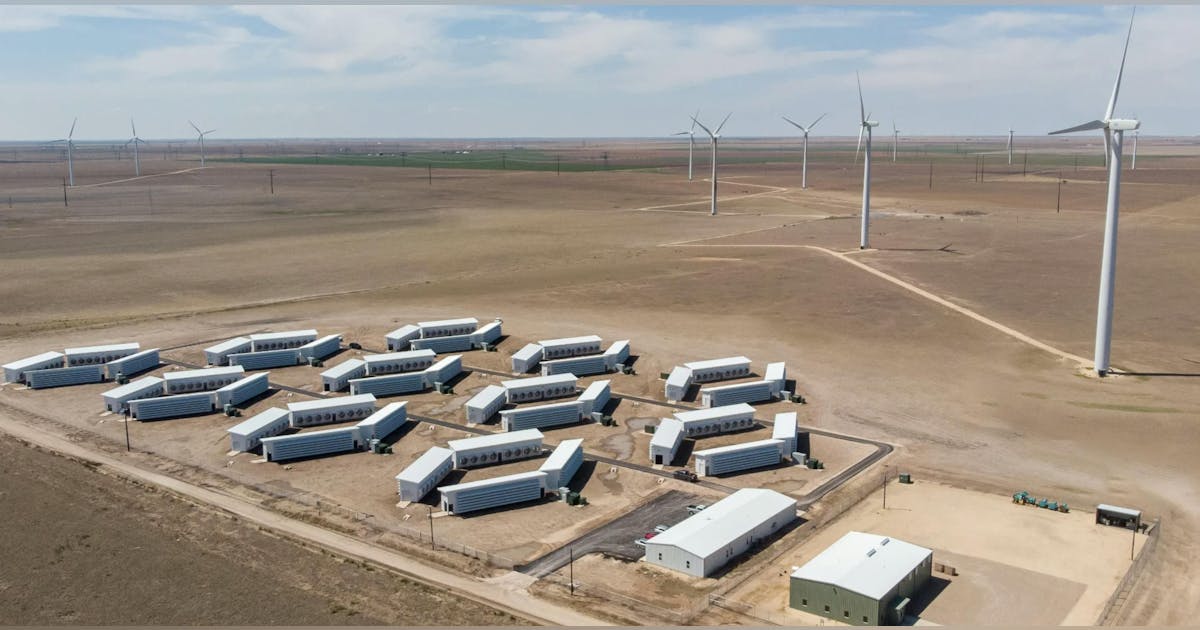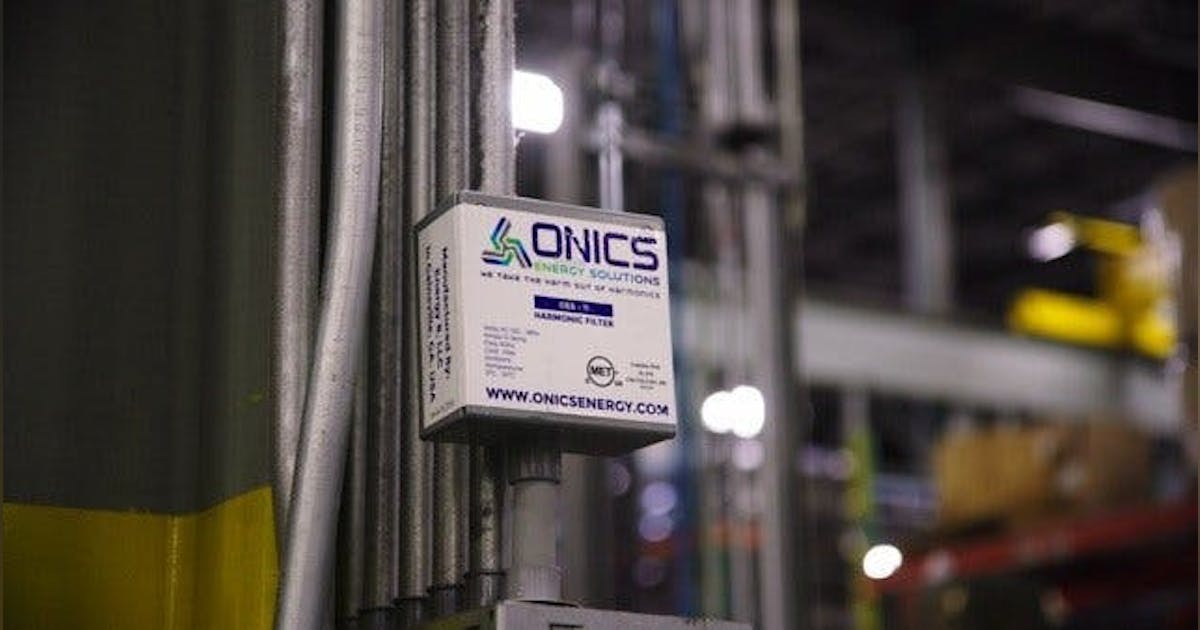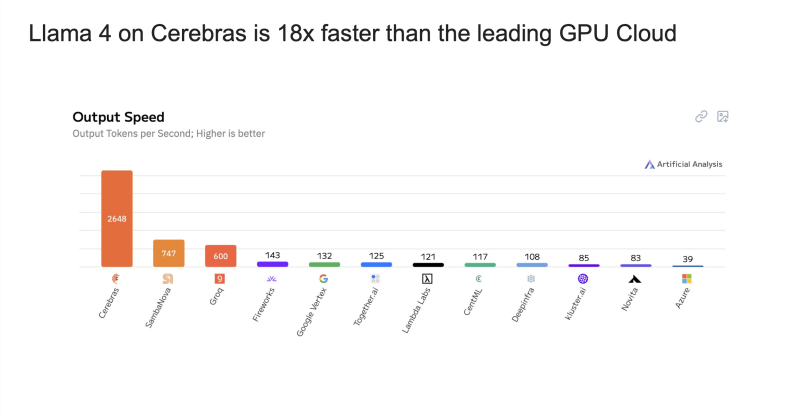
It seems that the global oil market is going through a critical phase, where economic and geopolitical factors intertwine, casting a heavy shadow over crude prices, particularly U.S. crude, which continues its downward trajectory.
That’s what Rania Gule, a senior market analyst at XS.com-MENA, said in a market analysis sent to Rigzone on Wednesday, adding that “this sharp decline, the most significant since November 2021, cannot merely be seen as a technical correction or a routine supply and demand adjustment”.
“Rather, it is a direct reflection of mounting concerns over a global economic slowdown fueled by protectionist policies and escalating trade tensions between the world’s two largest economies – the United States and China,” Gule said in the analysis.
Gule went on to note that, from her perspective, investors have grown increasingly sensitive to any signs of economic weakness.
“The recent steep drop in U.S. consumer confidence to its lowest level since April 2020 stands as a clear indication of fragile economic sentiment,” Gule said in the analysis.
“This significant decline did not occur in a vacuum; it coincided with sudden tariff decisions by President Donald Trump, sparking a new round of trade confrontation with China,” Gule added.
“In such an environment, crude oil, as a sovereign commodity closely linked to growth and industrial activity, is often the first to take a hit, amid fears of shrinking global demand and slower supply chains,” Gule continued.
Gule highlighted in the report that, in her view, “the issue is not solely about demand”.
“The supply side is also placing additional pressure on prices. Data from the American Petroleum Institute showed an unexpected increase of 3.8 million barrels in U.S. crude inventories, intensifying market fears of a structural supply surplus,” Gule pointed out.
“When the actual increase exceeds market expectations by nearly tenfold, as is the case here, it serves as a strong negative signal that reflects weak drawdowns from inventories – a clear sign of slowing industrial or consumer activity,” Gule added.
“Adding to this, there’s speculation that OPEC+ may accelerate its production hikes in the upcoming meeting. While this move might be aimed at protecting market share or preempting a future rise in demand, the timing seems ill-advised,” Gule continued.
The analyst noted in the analysis that the market is not currently suffering from a supply shortage, it’s grappling with weak consumption.
“If additional production increases are approved in June, we could witness a new wave of selloffs, possibly pushing prices to levels not seen since the peak of the Covid-19 crisis,” Gule warned.
In the analysis, Gule said she would not rule out crude prices falling below $55 in the coming weeks, “especially if there’s no tangible improvement in global demand indicators or resolution to the tariff escalation between Washington and Beijing”.
“Therefore, the outlook for oil prices leans toward the negative in the short to medium term,” Gule noted.
In an oil report sent to Rigzone by the Skandinaviska Enskilda Banken AB (SEB) team today, Bjarne Schieldrop, the chief commodities analyst at the company, noted that “Brent crude f[ell]… with strong conviction that [a] trade war will hurt demand for oil”.
“Brent crude sold off 2.4 percent yesterday to $64.25 per barrel along with rising concerns that the U.S. trade war with China will soon start to visibly hurt oil demand or that it has already started to happen,” Schieldrop said in the report.
“Tariffs between the two are currently at 145 percent and 125 percent in the U.S. and China respectively, which implies a sharp decline in trade between the two if at all,” he added.
“This morning Brent crude (June contract) is trading down another 1.2 percent to $63.3 per barrel. The June contract is rolling off today and a big question is how that will leave the shape of the Brent crude forward curve,” Schieldrop continued.
“Will the front-end backwardation in the curve evaporate further or will the July contract, now at $62.35 per barrel, move up to where the June contract is today?” he went on to state.
Rigzone has contacted the White House and the State Council of the People’s Republic of China for comment on Gule and Schieldrop’s statements. Rigzone has also contacted OPEC for comment on Gule’s analysis. At the time of writing, none of the above have responded to Rigzone.
To contact the author, email [email protected]



